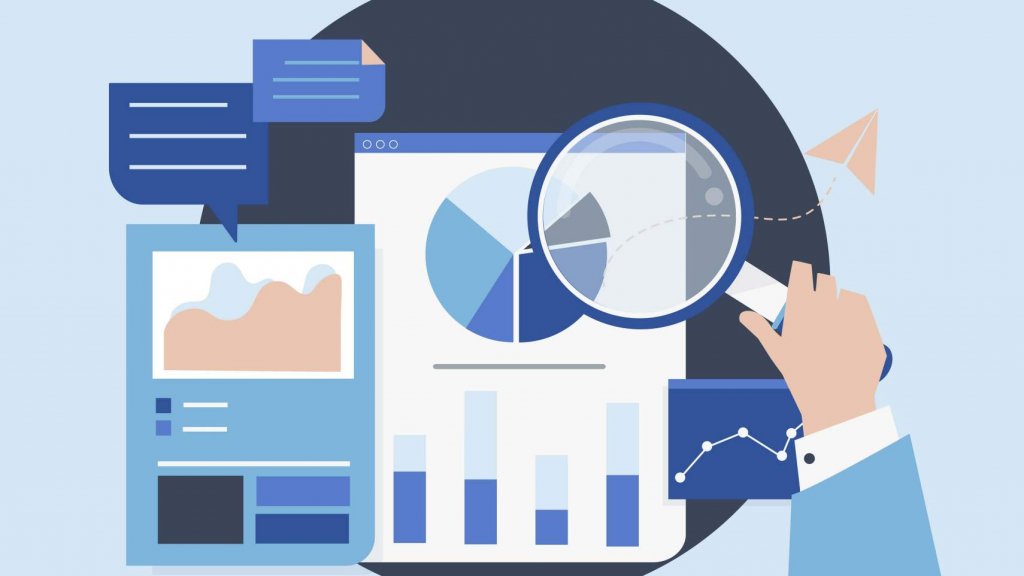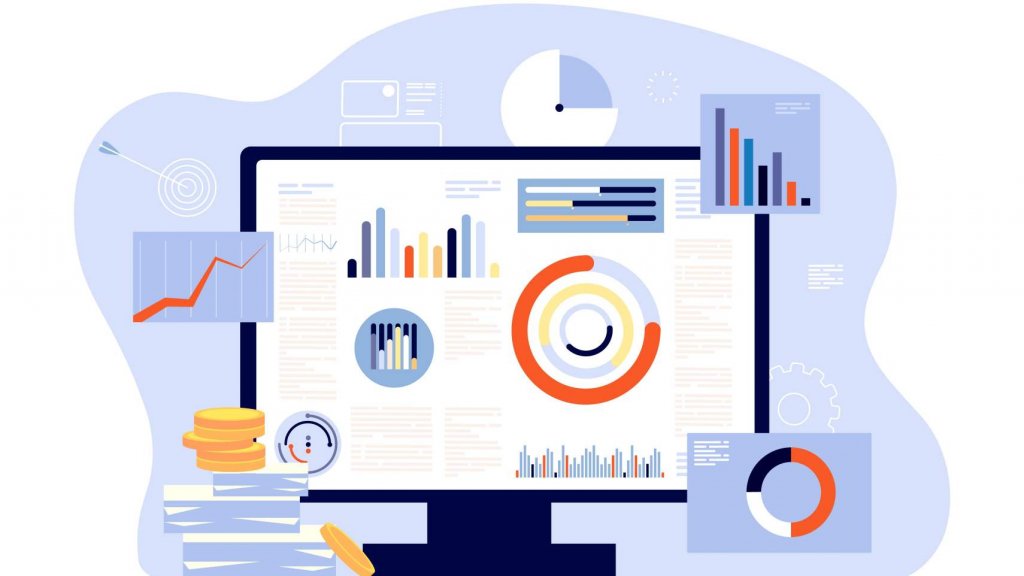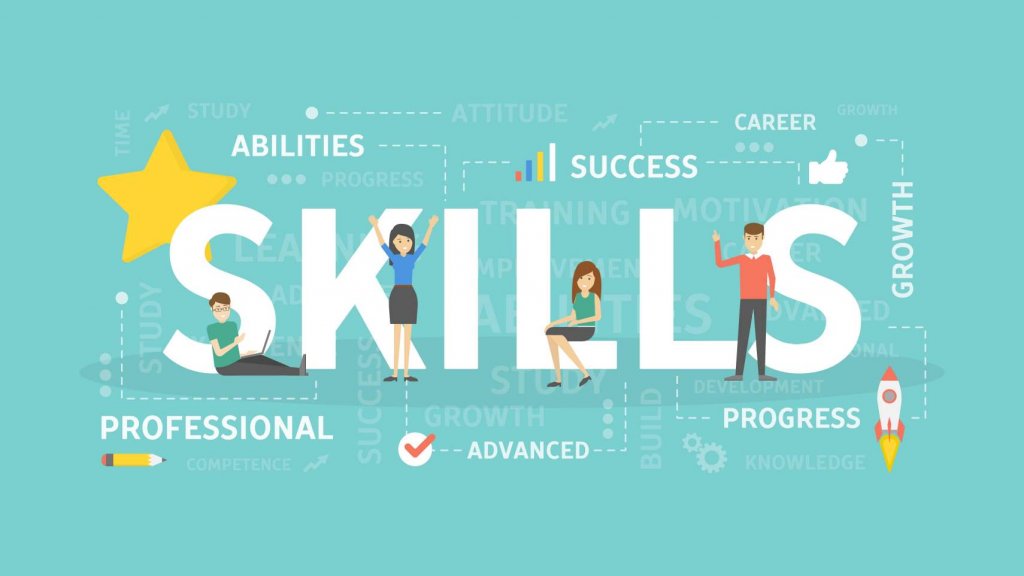
In today’s business world, where words like AI and machine learning are no longer heard on a daily basis, data analysis is becoming more and more important. However, data analysis is still often shunned, saying “it seems complicated and difficult” and “I don’t know how to learn”. Learning data analysis is easy, as long as you don’t make a mistake. In this article, I will explain about 100 knocks for learning data analysis. If you are interested in data analysis, please refer to it.
What is data analysis?

Learning data analysis is very meaningful for many business people, but what kind of method is data analysis in the first place? Before we know the specific learning method, let’s start with an overview.
What is data analysis
Data analysis refers to extracting information that suits the purpose from a huge amount of data. The ability to analyze large data sets and gain insights and insights from them creates new business opportunities. Not only the quantity of data but also the quality is becoming very important, and many companies are working on recruiting human resources and introducing systems in order to extract data with high utility value for business. ..
Data analysis flow
From here, I will introduce the specific flow of data analysis. This time, I will explain the analysis phase, especially in the case of machine learning.
(1) Reading data
First, prepare the necessary data. We mainly use in-house data, and open data is used only as an aid. At this time, it is necessary to create the missing data and add the data as appropriate even after starting the analysis. Also, it is not realistic to collect all the data in the company, so it is efficient to prepare only the necessary data.
(2) Data preprocessing / processing The
collected data cannot be used for analysis as it is. In addition to processing objective variables and explanatory variables, processing required for preprocessing of various data, such as processing of abnormal values, processing of the number of learning data, and processing of text data, varies depending on the purpose and method of analysis. This step is also the most time-consuming part of the data analysis procedure. Let’s work with plenty of time in advance.
(3) Data visualization
Let’s visualize the data by linking with other BI tools and graph drawing tools.
(4)
Creating a model Enter various variables to create a statistical model.
(5) Evaluation of the model After the
analysis is completed, let’s verify the validity of the interpretation so far. By verifying the flow from purpose setting to analysis once, it is judged whether it can be executed by incorporating it into the actual action.
(6) Visualization of analysis results
Finally, the analysis results are also visualized. This makes it possible to gain new insights from all the data accumulated in the company and to summarize information that leads to accurate management decisions in an easy-to-understand manner.
What is 100 knocks of data analysis by Python?

This time, I would like to recommend “100 knocks of data analysis by Python” as a method for learning data analysis.
What is Python
Python is a programming language developed by Dutchman Guido van Rossum in 1991 and is suitable for artificial intelligence development. It is very popular among many programming languages because of its simple program rules and grammar but its rich library.
Features of data analysis by Python
Python is often used for data analysis because its program description is very simple and it is easy to maintain. In addition, it has become a major language now, and there are plenty of access to learning such as reference books and online schools. Another major feature is the ability to install various external libraries such as Jupyter Notebook, NumPy, pandas, Matplotlib, SciPy, and scikit-learn, which are especially needed for data analysis.
What is learning by 100 knocks in data analysis?
“100 Knock of Data Analysis” is a learning program published on GitHub. This method is different from the datasets prepared by scikit-learn and seaborn, and is characterized by setting the learning purpose from the business side. With 100 knocks, you can acquire more practical skills because you will learn using data that is relatively used in the field of business.
How to get started with data analysis in Python?

Python is a widely used language in data analysis, but what steps do you take to perform specific analysis? Below are the steps to get started with data analysis in Python.
Building a virtual environment
First of all, we will build a virtual environment. Imagine a virtual environment as having another computer inside your computer. By constructing this, even if there is a problem during processing, it will be possible to recover by resetting the virtual environment of the personal computer. Also, if you build a virtual environment for each project, it will be easier to manage.
Learn Python
Once you’ve built your virtual environment, it’s time to mobilize the Python skills you need to analyze your data. The basics of Python used for data analysis include:
- Numerical and string operations
- Control syntax / conditional branching using if statement
- Iterative processing using for statement and while statement
- Creating a function
- Understanding variable scope
- Object-oriented understanding (classes, properties, methods, inheritance, encapsulation, polymorphism)
- Meaning and usage of lists, tuples, sets and dictionaries
- Map, filter, lambda
- List comprehension
Understanding data analysis work
After learning the basics of Python and how to use the main libraries, let’s move on to more practical learning. What I would like to recommend here is “understanding of data analysis work”. Prepare a sample code for data analysis and copy it. This method is also commonly referred to as sutra copying and is often used for learning programming languages. In this step, let’s be aware of the above three things: understanding the procedure of data analysis, moving your hand first, and learning while confirming the role of the code.
Data analysis exercises
Finally, we will practice data analysis as a review of what we have learned so far. You can learn a lot of new things by actually going through the process from data collection to processing, analysis, visualization, and verification. In this step, let’s analyze data that we haven’t touched on before. By doing so, you should be able to improve your ability to handle various types of data that will be supported in the future.
If you want to streamline data analysis, “UMWELT” is recommended!
Data analysis is actively adopted by many companies, but if it is difficult to secure employees with specialized skills and knowledge, it is recommended to use the tool. With TRYETING’s no-code AI cloud “UMWELT”, you can analyze data using AI without programming. Not only that, it also demonstrates high performance in the field of optimization such as demand forecasting and inventory production management. The fact that it has already been widely introduced by large companies and start-ups confirm its reliable performance.
summary
In order to perform full-scale data analysis, it is worth learning a programming language such as Python. However, it takes a huge amount of time to learn them from scratch. Therefore, if you want to work on data analysis from now on, why not introduce TRYETING’s UMWELT and easily carry out data analysis using AI.

